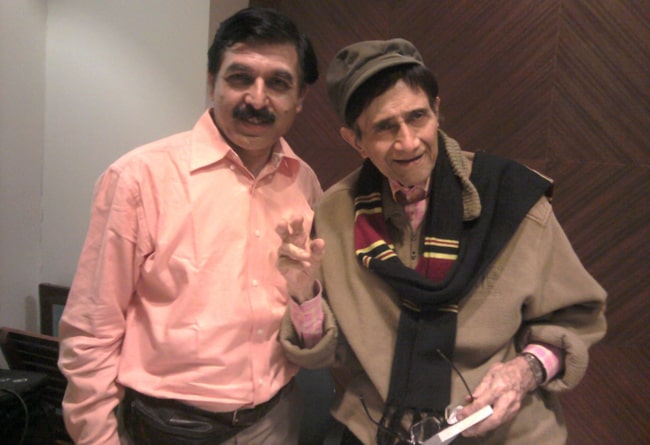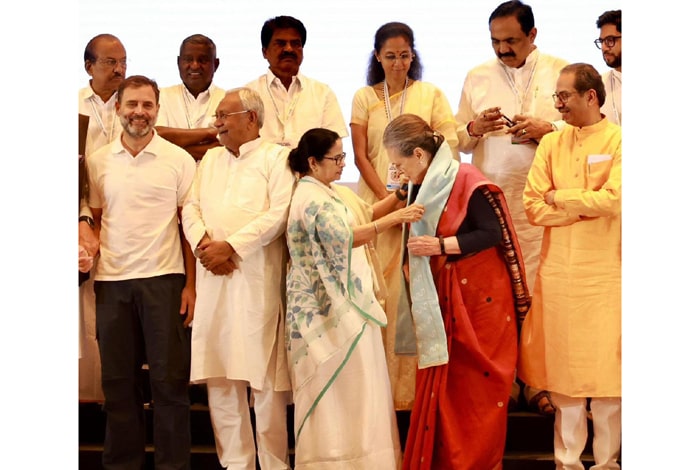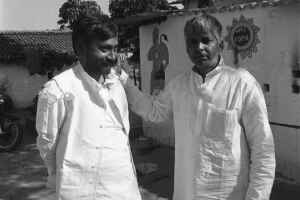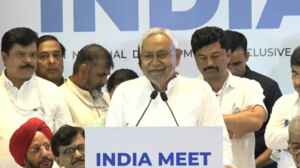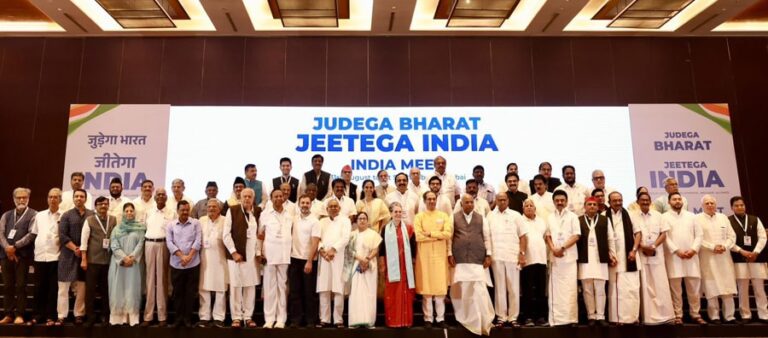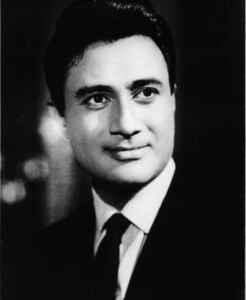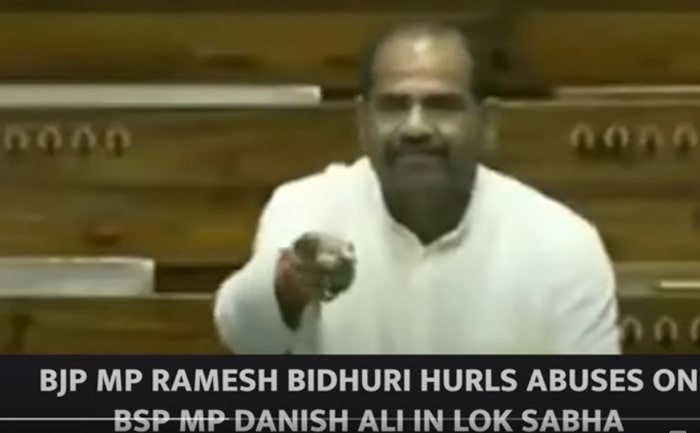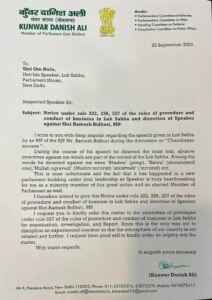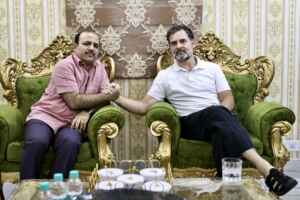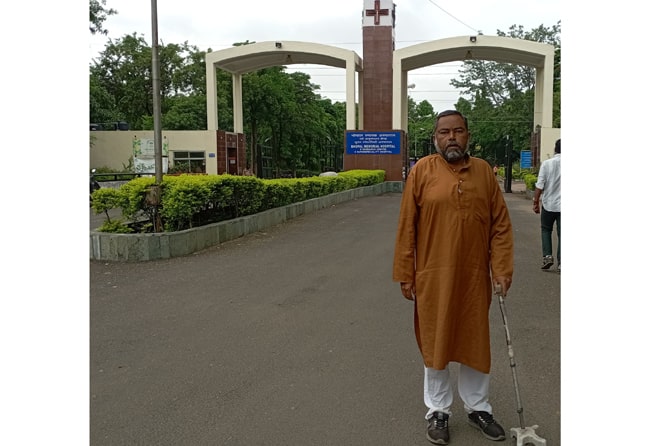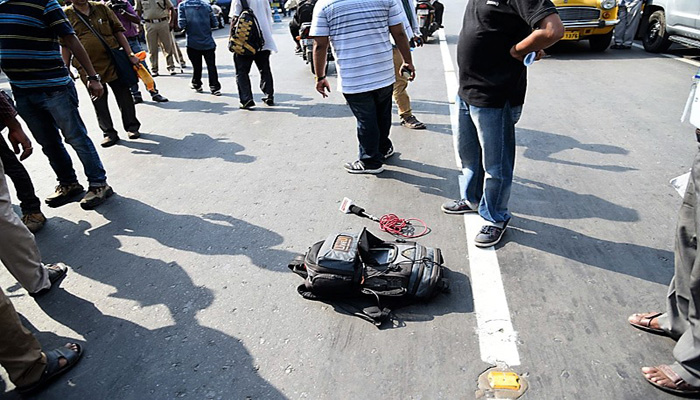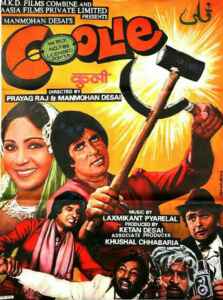[dropcap]T[/dropcap]he working conditions for journalists in India is getting difficult with every passing day in ‘New India’. The latest development in the ongoing struggle is the FIR (First Information Report) against the fact-finding team members of the Editors Guild of India (EGI), an association of editorial leaders committed to safeguarding press freedom, journalistic ethics, and the rights of media professionals. The FIR is a highlight of difficulties encountered by journalists in the country and raises serious concerns about the state of press freedom.
On September 3 (Sunday), Manipur police registered two FIRs against EGI president Seema Mustafa and three members of the fact-finding team- Seema Guha, Sanjay Kapoor, and Bharat Bhushan for examining media reportage on ethnic violence in Manipur occurring since May 2023. The first FIR was registered under various sections of the Indian Penal Code including promoting enmity between different groups and using it as a true declaration knowing it to be false. The complainant N Sarat Singh alleged the EGI report of miscaptioning the photo of the Forest Department official as Kuki house.
EGI, however, regretting the error updated their report released on September 2. The second FIR was registered by Imphal resident Sorokhaibam Thoudam Sangita.
The EGI team visited Manipur, spanning four days from August 7th to August 10th. They arrived at a significant finding attributing responsibility to the N Biren Singh government for taking sides during the conflict.
According to the report’s conclusion, “There are clear indications that the leadership of the state became partisan during the conflict. It should have avoided taking sides in the ethnic conflict but it failed to do its duty as a democratic government which should have represented the entire state.
This directly affected governance which was also seen as partisan. The net result is that the executive, its instruments (the police and other security forces of the state), and the bureaucracy are today divided along ethnic lines. There is a Meitei government, Meitei police and Meitei bureaucracy in Imphal and the tribal people living in the Hills have no faith in them.”

The Chief Minister of State N Biren Singh on September 4 stated that the state government has filed an FIR against members of the Editor’s Guild who created more clashes in the state of Manipur. The Executive Committee of the Editors Guild of India in reaction to the FIRs and intimidatory remarks by the Chief Minister released a statement, also demanding the withdrawal of FIRs against its members.
“The Guild is extremely disturbed that rather than respond to the concerns raised in the report in a meaningful way, the state government has registered FIRs invoking multiple provisions of the IPC. The Guild has already acknowledged and corrected an error that was pointed out regarding a photo caption, and we remain open to further discussion.
However, the chief minister’s labelling of the journalist’s body as ‘anti-state’ and ‘anti-national’ is deeply disturbing, especially given the way the union government has emphasized the country’s democratic credentials as well as the spirit of freedom of speech at the global stage for the upcoming G20 summit,” the statement reads.
Notably, the Supreme Court of India on Wednesday (September 6) protected all four members of EGI from arrest stating that no coercive steps shall be taken against the petitioners in connection with two FIRs lodged by Imphal Police Station and Porompat Police Station. On Monday (11 September), the Guild informed the Court that their members visited Manipur at the invitation of the Indian Army.
“We did not volunteer to go there. It is the Army that requested us. This is a very serious matter. Please see the letter of the Army to the Editors Guild. This is an invitation by the Army to the Editors Guild saying see what is happening there – unethical, ex-parte reporting by the vernacular media. It is at their invitation that we went,” Supreme Court Senior Advocate Kapil Sibal said while appearing for the Guild.
The Court has granted protection to the members from arrest till September 15.
Nonetheless, there is an interim relief from the Apex Court, FIRs raise questions about the ability of journalists and media organizations to conduct unbiased investigations into important issues. It also threatens to damage the Guild’s credibility, which plays a crucial role in upholding journalistic standards in India.

On World Press Freedom Day (May 3), the global media watchdog Reporters Without Borders (RSF) released their annual report, ranking India at 161st position out of 180 countries. This marks a decline of 11 places compared to the previous year’s ranking at 150th position. The report highlights that the situation has gone from ‘problematic’ to ‘very bad’ in India where media takeovers by oligarchs close to Prime Minister Modi have jeopardized pluralism.
“The violence against journalists, the politically partisan media, and the concentration of media ownership all demonstrate that press freedom is in crisis in “the world’s largest democracy”, ruled since 2014 by Prime Minister Narendra Modi, the leader of the Bharatiya Janata Party (BJP) and the embodiment of the Hindu nationalist right,” the report states.
“With an average of three or four journalists killed in connection with their work every year, India is one of the world’s most dangerous countries for the media,” the report further emphasizes. Norway, Ireland, and Denmark were ranked first, second, and third position in the Press Freedom Index 2023.
Manan Gulzar Dar, Nilesh Sharma, Aasif Sultan, Abdul Aala Fazili, Fahad Shah, Gautam Navlakha, Irfan Mehraj, Rupesh Kumar Singh, and Sajad Gul continues to face imprisonment for doing their duty as a journalist.
BJP-led Modi government had questioned the methodology of Reporter Without Borders claiming that India has a vibrant free press. On December 22, 2021, Union Minister of Information and Broadcasting Anurag Thakur expressed the Central government’s disagreement with India’s rank on the 2021 index. He claimed in a written reply to the Lok Sabha that the RSF report was based on a small sample size giving little or no importance to the “fundamentals of democracy”.
In October 2020, Kerala Journalist Siddique Kappan was arrested while he was on his way to report the Hathras gang rape case. Kappan was released on bail in February 2023. He was charged under PMLA (Prevention of Money Laundering) and UAPA (Unlawful Activities Prevention Act). In a conversation with eNewsroom, Kappan said that a free press is important for a healthy democracy which is a critical stage in India. The government is in full control of the media. “There were trumped-up charges against me. They registered an FIR against a fact-finding team of EGI, I was a small journalist they imposed huge cases like UAPA against me. This speaks much about the challenges for journalists in India,” said Kappan.
Kappan has to travel thousands of Kilometers every month from Kerala to Lucknow and Delhi for Court hearings. “I visit four times a month to Lucknow for appearings in Court. Earlier, I was in jail and now I am in open jail where I am not in a position to work as a journalist and live with my family. The judiciary is not running properly because of a strike due to a conflict between lawyers and police in Uttar Pradesh. I had to argue for myself for the bail application today and the judge did not even listen to my side. I am not afraid but in a democratic country judiciary must play fair. Otherwise, how will a common man think about getting justice?” he asked.

A full-page advertisement was taken out by the Washington Post by CPJ (Committee to Protect Journalists) and its partners on June 21, during Indian Prime Minister Narendra Modi’s visit to the United States. The ad carried the photos of six Indian journalists currently incarcerated in jails- Asif Sultan, Gautam Navlakha, Sajad Gul, Fahad Shah, Rupesh Kumar Singh, and Irfan Mehraj. It raised concerns about the dangerous state of media in the world’s largest democracy India. “Press freedom is under increasing threat, with journalists facing physical violence, harassment, bogus lawsuits, and hate campaigns on social media,” the report said. Significantly, out of six journalists, four are rooted in Kashmir.
In its annual prison census report, the Committee to Protect Journalists (CPJ) revealed that as of December 1, 2022, a total of 363 journalists worldwide had been arrested. This figure represents a 20% increase over the previous year’s record of 293 arrests in 2021. The report criticized India for detaining seven journalists, specifically for using the Jammu and Kashmir Public Safety Act to keep Aasif Sultan, Fahad Shah, and Sajad Gul in jail despite court-ordered bail in separate cases.
The International Press Institution (IPI) collected data on press freedom violations in India between April and September 2022. IPI identified 83 press freedom violations in India- journalists faced physical attacks, legal harassment, arrests, and censorship during the six months. The majority of press freedom violations were related to online censorship, and internet and communication shutdown.
As per IPI data, 20 journalists were arrested during the period with Kashmiri journalists facing legal harassment and intimidation on a pattern under the draconian anti-terror law UAPA (Unlawful Activities Prevention Act).
According to a Delhi-based think tank Rights and Risks Analysis Group (RRAG), a total of 194 journalists, including seven women, were targeted in various incidents across India during 2022 by state agencies to non-state political actors and criminals, as well as armed opposition groups (AOGs).
Among the different regions in India, Jammu and Kashmir (J&K) saw the highest number of journalist targets with 48 cases, followed by Telangana with 40, Odisha with 14, Uttar Pradesh with 13, Delhi with 12, West Bengal with 11, Madhya Pradesh and Manipur with 11, and several other states and union territories with varying numbers of cases.
Of the incidents, 103 journalists were targeted by state actors, while non-state actors, including political activists, targeted 91.
A report by Newslaundry revealed that there have been 44 instances of media crackdown by state authorities since 2018. These cases encompass a range of agencies, with 16 linked to the Enforcement Directorate (ED), 9 to the Income Tax (IT) department, and 20 to the National Investigation Agency (NIA). A few noteworthy incidents include Income Tax raids on Dainik Bhaskar’s office in July 2021 for their coverage of Covid mismanagement, and tax surveys conducted at the BBC office in February 2023 following the release of the critical documentary “India: The Modi Question,” focused on Prime Minister Narendra Modi.
Weeks ago, a Srinagar-based news portal The Kashmir Wallah was taken down by the server at the request of the central government including their social media pages. Fahad Shah, the founding editor of The Kashmir Wallah has been in jail since February 2022.
The Freedom of the Press in India is guaranteed by Article 19(1)(a) of the Indian Constitution which guarantees the right to freedom of speech and expression. However, this right is subject to certain restrictions listed in Article 19(2) including the interests of national security, sovereignty and integrity of India, public order, decency and morality among others. India’s ruling dispensations define these restrictions according to their suitability. In recent times, spreading fake news, hate and anti-Muslim propaganda did not get any condemnation from BJP led government in center and states. But, some media organization or journalist, if they try to do journalism, and ask truth to power, they will be abused, threatened, jailed and even murdered in ‘New India’.
The FIR against the Editor’s Guild of India is a concerning example of the growing difficulties journalists confront in India. It not only threatens the reputation of a respected institution but also highlights more extensive worries regarding the state of press freedom within the nation.



